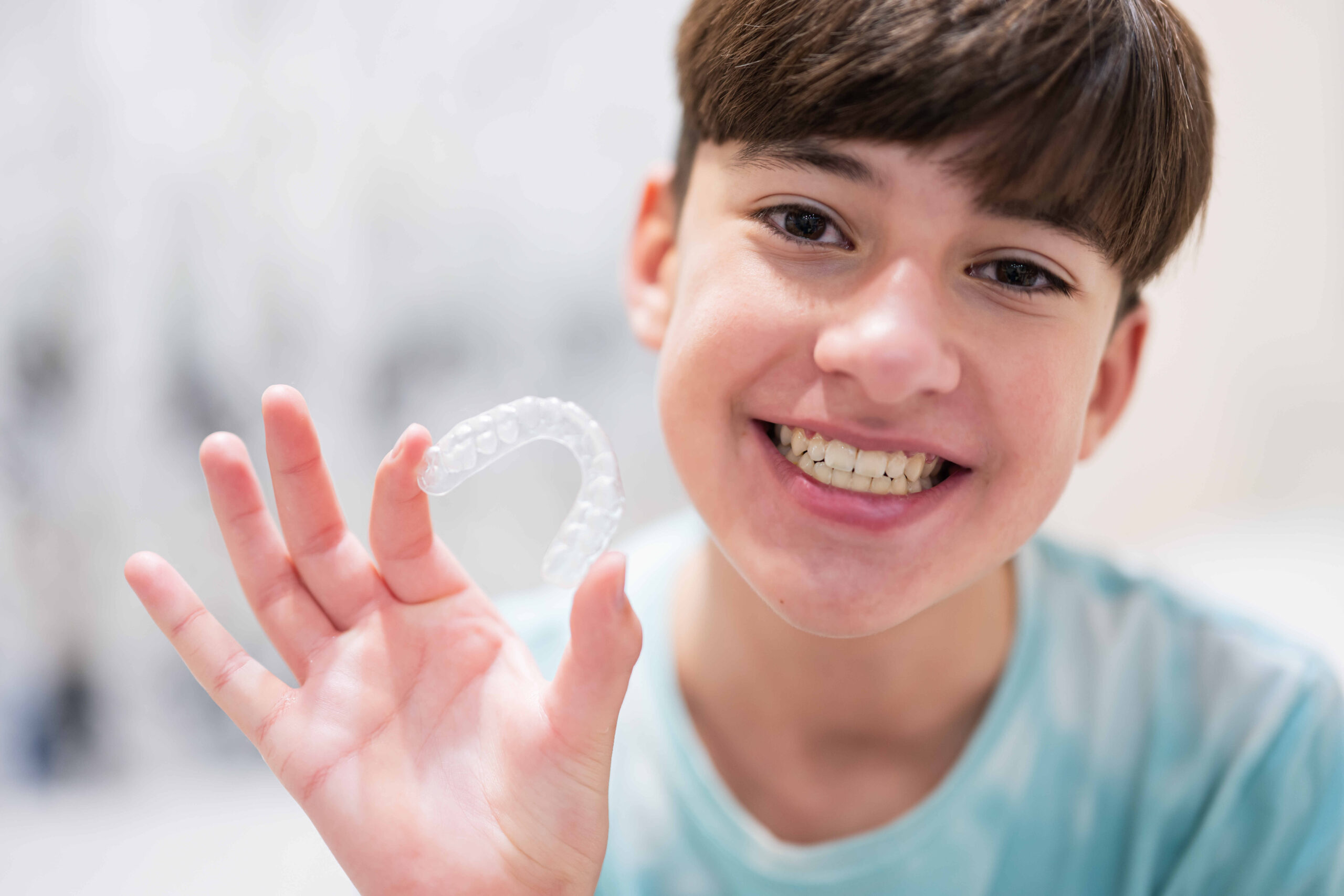Have you ever wondered how Invisalign for bite correction can help you achieve perfect alignment? This innovative approach focuses on gradually adjusting your teeth to improve your bite, offering a path to a more harmonious dental structure. With its discreet design, it provides an appealing option for those seeking alignment without the visibility of traditional methods.
Invisalign for Bite Correction
Understanding bite misalignment issues is crucial when considering Invisalign for bite correction. Bite misalignment, often referred to as malocclusion, occurs when the upper and lower teeth do not align properly. This can lead to various dental problems, including difficulty in chewing, speech issues, and even jaw pain. Recognizing the signs of bite misalignment early can help in addressing these concerns effectively.
Invisalign for bite correction offers a modern approach to addressing these alignment issues. By focusing on the underlying causes of malocclusion, individuals can work towards achieving a more harmonious dental structure. For those interested in exploring specific types of bite misalignments, such as crossbite, you can learn more by visiting our page on Invisalign for Crossbite: A Simple, Clear Solution.
Benefits of Correcting Bite Alignment
Correcting bite alignment can significantly enhance both oral health and overall well-being. Misaligned bites can lead to a variety of dental issues, including uneven wear on teeth, jaw pain, and even difficulties in chewing or speaking. By addressing these alignment issues, individuals can experience improved function and comfort in their daily lives. Additionally, achieving proper bite alignment can contribute to better oral hygiene, as it becomes easier to clean teeth that are properly aligned, reducing the risk of cavities and gum disease.
Beyond the health benefits, correcting bite alignment can also have a positive impact on one’s appearance and self-confidence. A well-aligned bite often results in a more harmonious facial structure and a more attractive smile. This can boost self-esteem and enhance social interactions, as individuals feel more confident in their appearance. For those considering options for improving their bite alignment, exploring solutions like Invisalign for bite correction can be a step toward achieving these benefits. To learn more about this option, you can Get Invisalign in Tacoma.
Types of Bite Misalignments Explained
Understanding the different types of bite misalignments is crucial when considering Invisalign for bite correction. Common misalignments include overbites, where the upper teeth significantly overlap the lower teeth, and underbites, where the lower teeth extend past the upper teeth. Crossbites occur when some upper teeth sit inside the lower teeth, while open bites are characterized by a gap between the upper and lower front teeth when the mouth is closed. Each type of misalignment presents unique challenges and can impact oral health and aesthetics. Invisalign for bite correction offers a modern approach to addressing these issues, helping to achieve a more harmonious dental alignment.
How Aligners Work for Correction
Invisalign for bite correction is a popular choice for those seeking to achieve perfect dental alignment. These clear aligners work by gradually shifting teeth into their desired positions through a series of custom-made trays. Each set of aligners is designed to apply gentle, controlled force to specific teeth, encouraging them to move incrementally over time. This process not only helps in correcting misaligned bites but also enhances overall oral health by ensuring that teeth are properly aligned. For those interested in exploring more about this innovative approach, Tacoma Orthodontics offers insights into the benefits of using aligners for bite correction. To learn more, visit the Tacoma Dentist.
Comparing Traditional Braces and Aligners
When considering options for achieving perfect alignment, it’s essential to understand the differences between traditional braces and aligners, particularly when it comes to Invisalign for bite correction. Traditional braces have been a long-standing method, utilizing metal brackets and wires to gradually shift teeth into place. On the other hand, aligners offer a more modern approach, using clear, removable trays that fit snugly over the teeth. Both methods aim to correct bite issues and improve dental alignment, but they differ in terms of aesthetics, comfort, and lifestyle adaptability. Understanding these differences can help individuals make informed decisions about their orthodontic journey.
Duration of Bite Correction Process
When considering Invisalign for bite correction, understanding the duration of the process is essential for setting realistic expectations. The time required for bite correction can vary significantly depending on the complexity of the individual’s dental issues and their specific alignment needs. Generally, the process can range from several months to a couple of years. Factors such as the severity of the bite misalignment and the patient’s adherence to wearing aligners as prescribed can influence the overall timeline. It’s important to note that each person’s journey with Invisalign for bite correction is unique, and regular consultations with a dental professional can help track progress and make any necessary adjustments to the treatment plan.
Maintaining Oral Health During Treatment
During the journey of using Invisalign for bite correction, maintaining oral health is crucial to ensure effective results and overall dental well-being. The process involves regular attention to oral hygiene practices, which play a significant role in achieving the desired alignment. As the aligners are worn throughout the day, it becomes essential to focus on keeping both the aligners and teeth clean to prevent any potential issues. This commitment to oral health not only supports the effectiveness of Invisalign for bite correction but also contributes to a healthier smile in the long run.
Common Challenges in Bite Correction
When considering Invisalign for bite correction, individuals often encounter several common challenges that can impact the treatment process. One of the primary concerns is the complexity of the bite issue itself, as misalignments can vary significantly from person to person, requiring a tailored approach to address each unique case. Additionally, the duration of treatment can be a challenge, as achieving the desired alignment may take longer than anticipated, depending on the severity of the bite problem.
Compliance with wearing aligners consistently is another hurdle, as it directly influences the effectiveness of the treatment. Furthermore, some individuals may experience initial discomfort or difficulty adjusting to the aligners, which can be a temporary but notable challenge during the early stages of using Invisalign for bite correction.
Post-Treatment Care and Maintenance
After completing your journey with Invisalign for bite correction, maintaining the results is crucial for long-term success. Proper post-treatment care and maintenance play a vital role in preserving the alignment achieved. Regular check-ups and consistent oral hygiene practices are essential to ensure that your teeth remain in their new positions. It’s important to be mindful of any changes in your bite and to address them promptly to prevent any potential issues. By focusing on these aspects, you can enjoy the benefits of Invisalign for bite correction well into the future, ensuring that your smile remains as perfect as the day your treatment concluded.
Conclusion
Invisalign for bite correction can help you achieve perfect alignment; for more information, call 253-474-9473 or visit Proctor Braces to read reviews on Google Maps.

